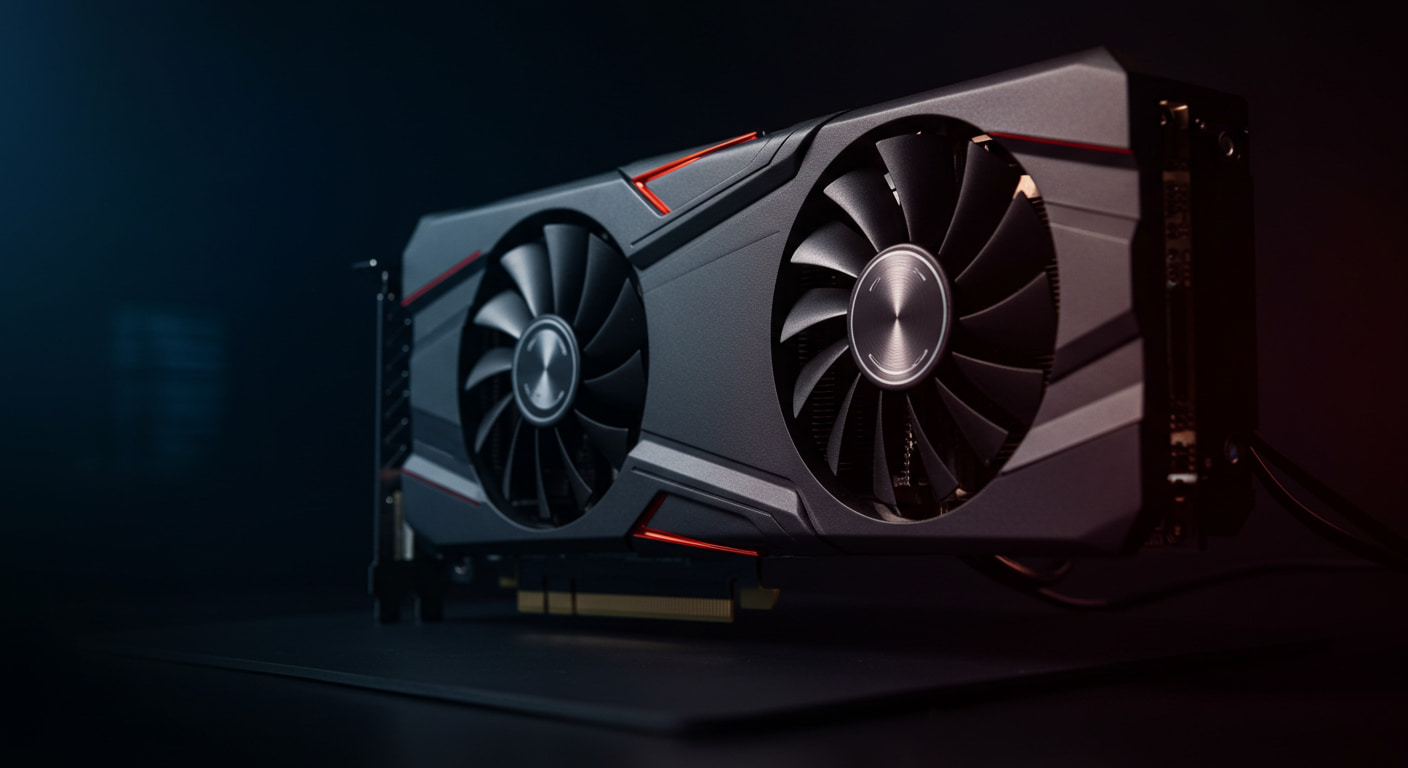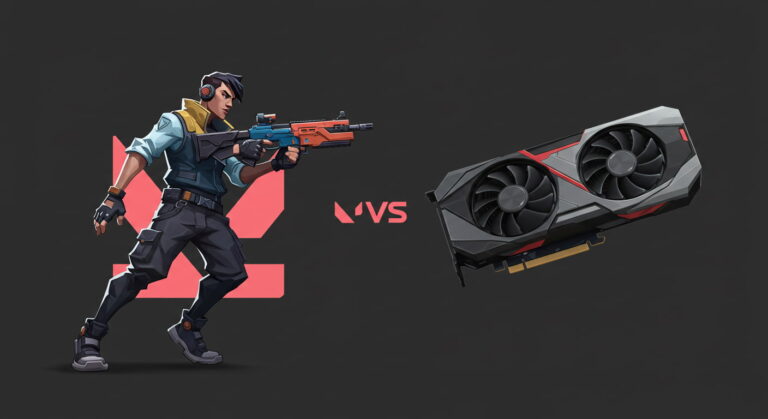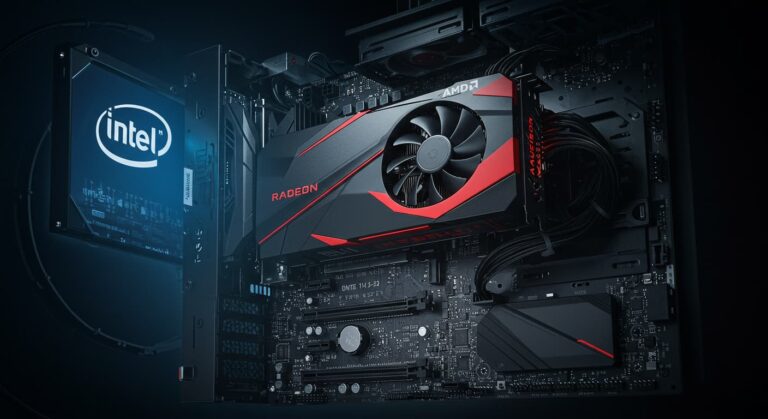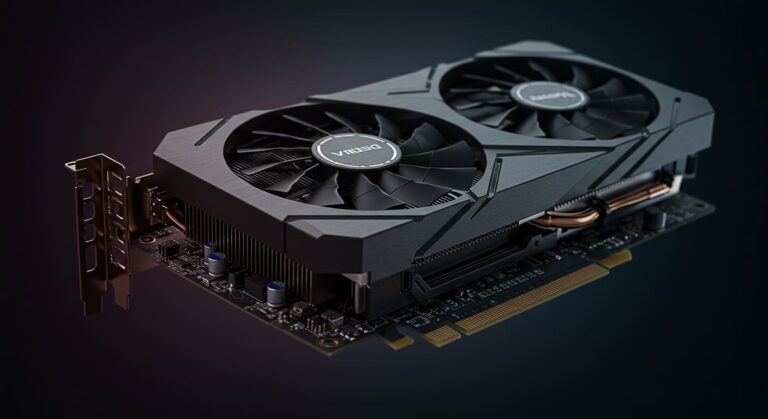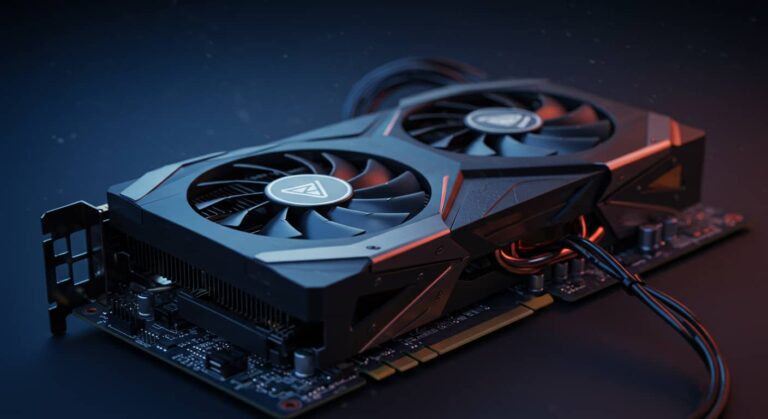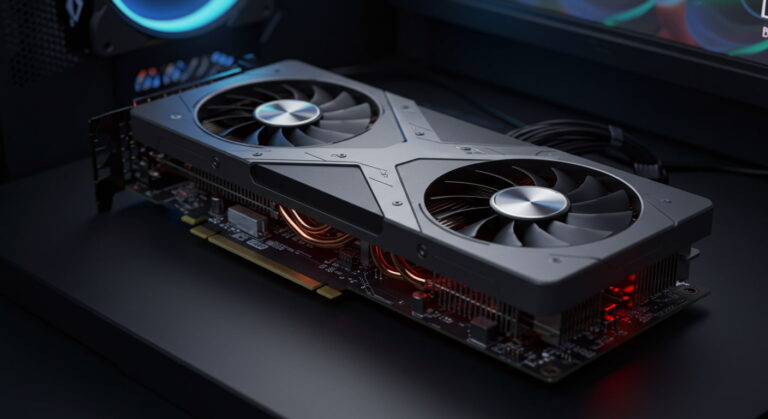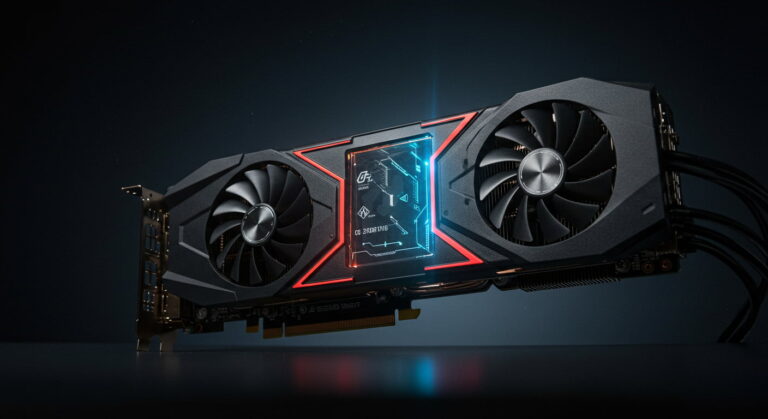GPU Safe Temp – Ideal Gaming Temps, Limits & Cooling Tips!
Keeping your graphics card at the right temperature is one of the most important parts of maintaining a healthy and long-lasting gaming or workstation PC. Many users worry whether their GPU safe temp is within the right range, especially while gaming or doing heavy tasks like video rendering or mining. This guide explains everything you need to know about safe GPU temperatures, how hot is too hot, and how you can cool down your GPU effectively. The goal is to help you avoid overheating issues, maximize performance, and extend the overall lifespan of your GPU.
What Exactly Are Safe GPU Temps?
Safe GPU temps are the temperature ranges within which a graphics card can operate efficiently without causing long-term damage. Generally, most modern GPUs are designed to run safely between 60°C and 85°C under load. However, exact values vary depending on the manufacturer (Nvidia, AMD) and model. Understanding safe ranges ensures that your GPU is neither underperforming nor running dangerously hot.
Why GPU Temperature Matters
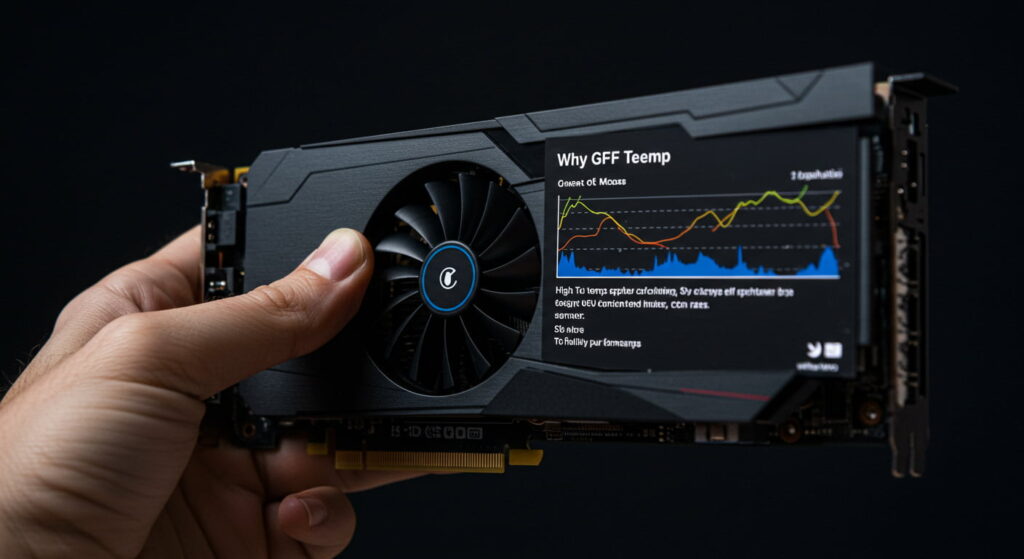
Your GPU is one of the most important components of your computer, especially if you’re a gamer, designer, or video editor. If the temperature is too high, several issues may occur:
- High temps can shorten GPU lifespan due to constant exposure to heat.
- Overheating may cause thermal throttling, which reduces performance and frame rates in games.
- Extremely high temperatures can even crash the system or cause permanent damage.
A healthy GPU temp means stable performance, fewer crashes, and longer hardware life.
GPU Safe Temp in 2025
With new generations of GPUs, safe operating temperatures have slightly changed. Most high-end GPUs today can safely operate up to 90°C, but that doesn’t mean it’s good to keep them that hot. Ideally, modern GPUs run best in the 65°C to 80°C range under load. If you want to future-proof your GPU, keeping temps on the lower end of this range is the best practice.
What is the Normal Temperature of a GPU?
The normal GPU temperature depends on whether it is idle or under load. Keeping track of these ranges helps you figure out if your cooling system is working properly.
Idle GPU Temperature Range
When the system is idle or doing light work like browsing the web or watching videos, GPUs should generally stay between 30°C and 50°C. If your GPU is idling above 55°C, you might need to check airflow or fan speed settings.
Safe Temp Under Load or Stress Test
During gaming, rendering, or benchmarking, safe temps range from 65°C to 85°C. A GPU working hard will naturally run hotter, but this range ensures you’re still within safety limits. Anything consistently above 90°C should be a cause for concern and may require immediate attention.
Is This GPU Temperature Safe When Gaming?
Gaming pushes GPUs to their maximum capacity, so monitoring temps is essential. Safe temps vary slightly between Nvidia and AMD GPUs.
Safe Temp for Nvidia GPUs
- Ideal gaming temps: 65°C to 80°C
- Maximum safe limit: 85°C to 90°C (varies by model)
Safe Temp for AMD GPUs
- Ideal gaming temps: 70°C to 85°C
- Maximum safe limit: 95°C for some models (though not recommended for long periods)
What’s a Good GPU Temp While Gaming?
A good and safe range while gaming is 65°C to 80°C. Consistently staying under 85°C is considered healthy. Some high-end GPUs are built to handle more, but staying below this ensures better long-term performance.
Is 90 Degrees Safe for GPU?
Running at 90°C is usually the upper safe limit for many GPUs. While it won’t immediately damage your card, prolonged gaming at this temperature can shorten its lifespan. If your GPU often reaches 90°C, it’s a sign you should improve cooling.
Is 75°C Too Hot for GPU?
No, 75°C is not too hot. It is actually a safe operating temperature for gaming and heavy tasks. Many GPUs are designed to run at this temperature without any problems.
Is 45°C Too Hot for GPU?
Not at all. 45°C is a very safe and cool temperature. In fact, this is common when the GPU is idle or under light usage. A GPU at 45°C is performing efficiently.
Is 50°C Bad for My GPU?
No, 50°C is perfectly safe. This temperature is normal during light gaming, browsing, or editing tasks. If your GPU maintains 50°C under light loads, it indicates proper cooling.
How Hot Can a GPU Run Safely?
The maximum safe GPU temp depends on the manufacturer. Going above these ranges frequently can cause permanent damage.
Manufacturer-Specific Max Temps
- Nvidia GPUs: Around 85°C to 90°C
- AMD GPUs: Around 90°C to 95°C
Thermal Throttling Explained
When your GPU reaches dangerous levels, it automatically reduces performance (thermal throttling) to prevent overheating. This protects the hardware but negatively affects performance. If throttling happens often, you should immediately improve cooling.
How Hot is Too Hot for GPU? (Check Your GPU Temperature)
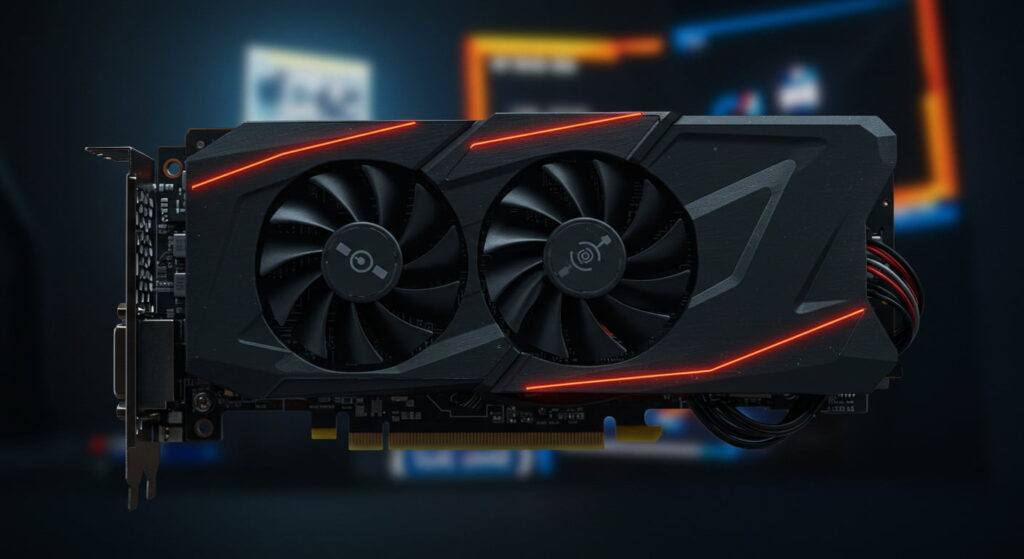
Generally, anything above 95°C is considered too hot and unsafe for long-term use. Even if your GPU doesn’t immediately fail, running it at such high temperatures will degrade it faster.
Warning Signs of Overheating
- Fan noise at maximum speed
- Sudden FPS drops in games
- Graphical glitches or artifacts appearing on screen
System Crashes and Artifacts
If you notice artifacts (weird colors, lines, or flickering) or sudden shutdowns, your GPU is running dangerously hot. This is a serious red flag.
GPU Temperature – What is Good?
A good GPU temperature is one that allows smooth performance without overheating. It should be cool enough to avoid thermal throttling but not unrealistically low.
Average Safe Temps for Gaming, Editing, and Mining
- Gaming: 65°C – 80°C
- Video Editing/Rendering: 60°C – 75°C
- Mining/Heavy Workload: 70°C – 85°C
Long-Term Impact of High Temps
Consistently running near maximum limits shortens GPU lifespan. Ideally, keep your GPU below 80°C for the best balance of performance and durability. Even though GPUs can technically handle higher temps, lower is always better.
How to Cool Down a GPU?
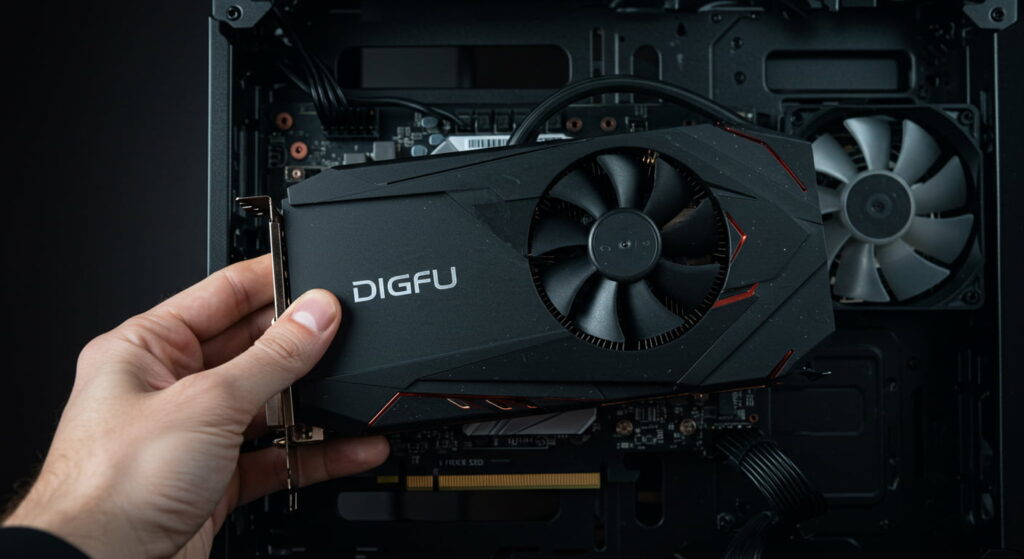
If your GPU is getting too hot, try the following methods. These tips not only lower temperatures but also extend hardware life.
Improve Airflow and Case Cooling
- Add extra case fans for intake and exhaust.
- Use a case with good airflow design.
- Organize cables to avoid blocking airflow.
Clean Dust from GPU and Fans
- Dust buildup restricts airflow and raises temps.
- Regularly clean fans, heatsinks, and case filters.
- Use compressed air to blow dust out of tight areas.
Apply Thermal Paste or Use Liquid Cooling
- Reapply high-quality thermal paste every few years.
- Consider liquid cooling solutions for high-performance rigs.
- Upgrading stock coolers can make a big difference.
Undervolting and Fan Curve Adjustment
- Reduce voltage to lower temps without performance loss.
- Use software like MSI Afterburner to adjust fan curves.
- More aggressive fan curves keep temps down during heavy loads.
Expert Tips to Maintain GPU Safe Temp
Monitoring Tools (MSI Afterburner, HWMonitor, GPU-Z)
These tools show real-time GPU temperatures, fan speed, and performance metrics. Setting up on-screen display (OSD) can help you monitor temps while gaming.
Best Practices for Longevity
- Keep your PC in a cool, ventilated area.
- Avoid overclocking unless you have strong cooling.
- Perform regular maintenance and cleaning.
- Keep drivers updated for better power and thermal management.
FAQs on GPU Safe Temp
What is considered a “good” GPU temperature?
A good GPU temperature is usually 65°C to 80°C while gaming and 30°C to 50°C at idle. Staying within this range ensures safety and performance.
What’s a good and safe GPU temperature when gaming?
Anywhere between 65°C and 80°C is considered safe for gaming. This ensures smooth gameplay without risking damage to your hardware.
Can high GPU temps damage my graphics card?
Yes, consistently running your GPU above 90°C can reduce its lifespan and may cause hardware issues in the long run. While GPUs are built tough, constant overheating accelerates wear.
How often should I check my GPU temperature?
It’s a good practice to check GPU temps regularly, especially when gaming or rendering. Use monitoring tools for real-time updates, or set up alerts for high temps.
Do laptop GPUs have different safe temps compared to desktop GPUs?
Yes, laptop GPUs usually run hotter due to compact design and limited airflow. Safe temps can be up to 95°C, but keeping them below 85°C is recommended whenever possible.
Conclusion:
Maintaining a safe GPU temp is vital for the performance and health of your graphics card. While GPUs are designed to handle high temperatures, consistently running them hot reduces lifespan. Aim to keep your GPU between 65°C and 80°C during gaming and heavy workloads, and use proper cooling methods to ensure smooth performance. Regular monitoring, cleaning, and maintenance will help your GPU stay efficient and reliable for years to come. By following these best practices, you can get the most out of your graphics card without worrying about overheating or premature failure.
